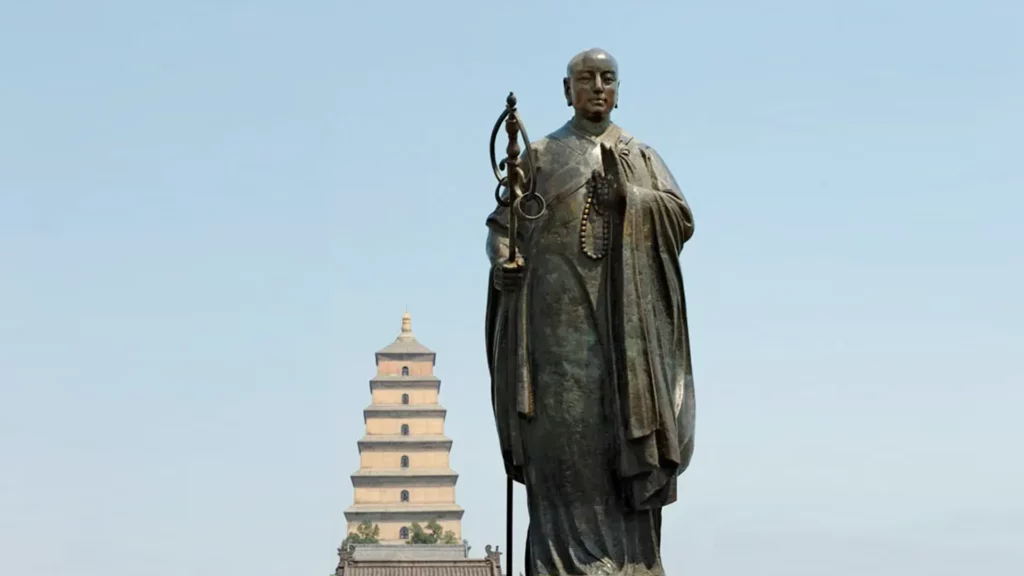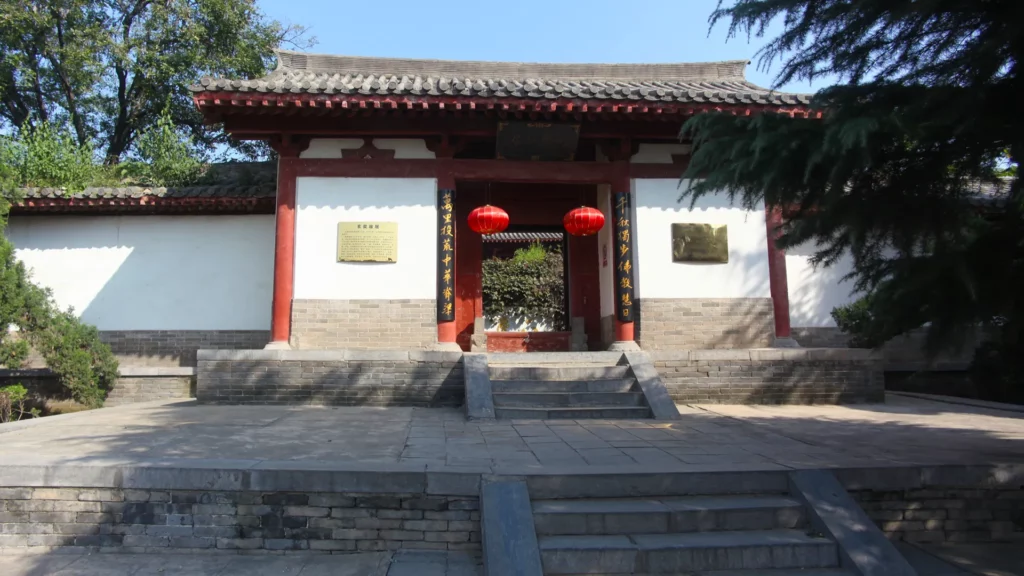Xuanzang was an eminent monk living in the Tang dynasty. He once traveled through countless difficulties and dangers to India to bring back Buddhist Canons. He translated them and spread Buddhadharma throughout his life. He is known as one of the five significant translators of Chinese Buddhism, together with four dharma learners: Master Kumarajiva, Master Paramartha, Master Yijing, and Master Amoghavajra.
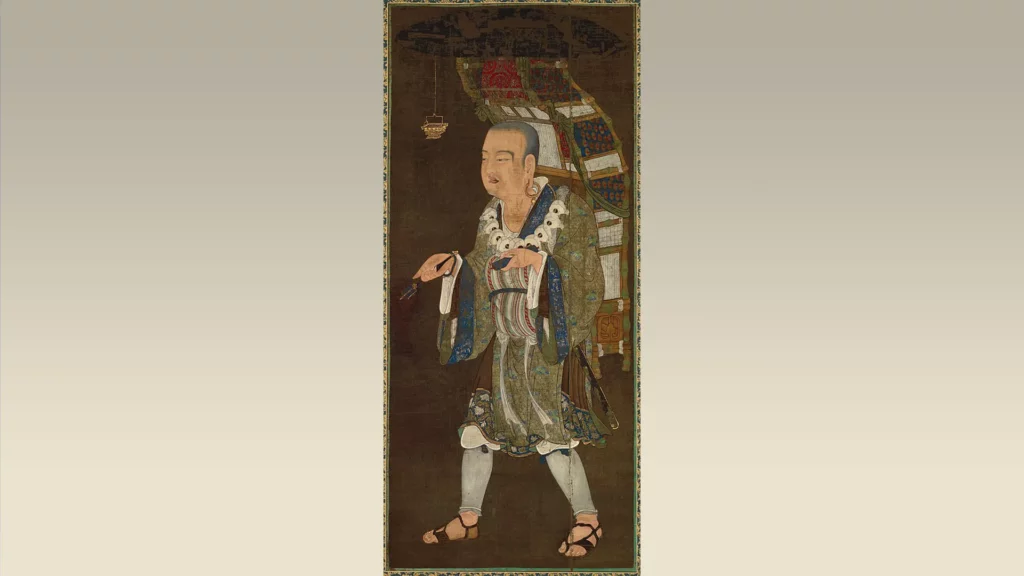
He had a miserable childhood but was fated to take refuge in Buddhism.
In 602 AD, Xuanzang was born into an aristocratic family in Luoyang (Henan province in modern Mainland China), commonly known as Yi Chen. Due to the early death of his parents, he lived in poverty during his childhood. He lived in the Pure Land Monastery with his second brother, Master Changjie. He was taught by Master Changjie and read Confucianist, Buddhist and Taoist Canons. After that, he became deeply connected to Buddhism.
Xuanzang deeply loved Buddhism. Because of his extraordinary talent, he became a monk at the age of 13, much younger than the normal age for becoming a monk. However, as he acquired a deeper understanding of Buddhism, Xuanzang found that many Buddhist Canons were missing. Besides, many famous Buddhist practitioners had their own opinions on the understanding of Buddhadharma, which made some of his questions impossible to answer. Therefore, Xuanzang was determined to go to Nalanda Monastery, the renowned land of Buddhism in India. He wanted to find the dharma that the Buddha really wanted to tell the world, so that Buddhadharma could be faithfully passed on.
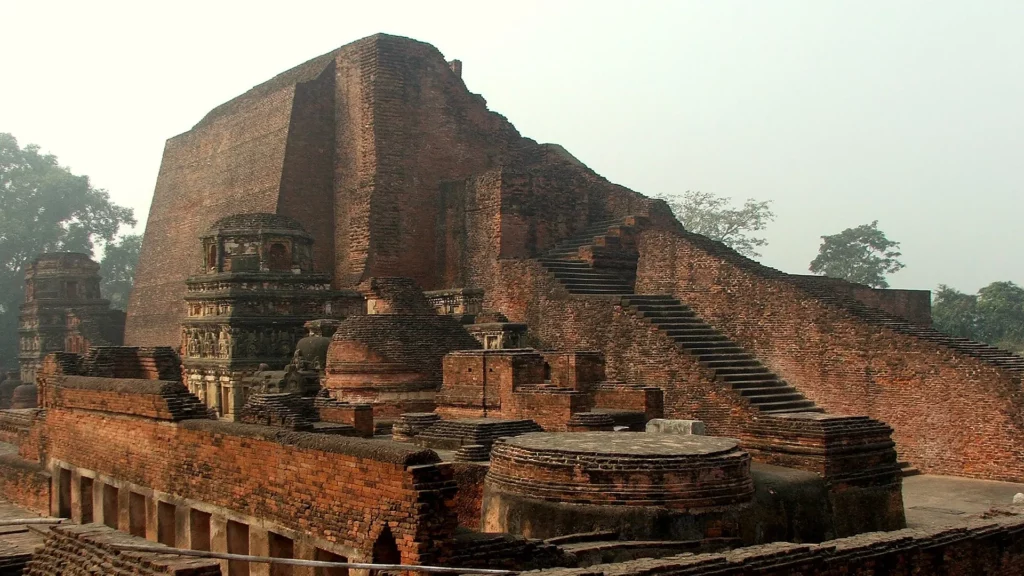
He never gave up in the face of obstacles.
In the first year of Zhenguan (627 AD), Xuanzang applied for permission to travel to India, which was rejected by the emperor. It was the beginning of the Tang dynasty, and there was a stand-off between the Turkic and Tang armies on the northern frontier. Therefore, Emperor Taizong of Tang imposed restrictions on travel to India for private business, but Xuanzang did not give up. A year later, the opportunity came. Due to the severe frost disaster that caused a famine, the Tang government allowed the people in Chang’an (now Xi’an) to leave the city for food. Xuanzang disguised himself as one of the refugees and began his westbound journey without hesitation.
After leaving Chang’an, Xuanzang came to Liangzhou, the border between the Tang dynasty and the Turks. Only by going out of Liangzhou could Xuanzang travel to India through the Western Regions and Central Asia. However, an obstacle stood in his way again. A spy in Liangzhou informed the local officials that Xuanzang had tried to sneak out of the country, which forced Xuanzang to return to Chang’an. Fortunately, his determination to seek dharma moved the local Buddhist leaders, who sent two monks to escort Xuanzang. With the help of the two monks, Xuanzang left Liangzhou safely. From then on, he began his incognito journey westward for dharma and marched by night while concealing himself by day.
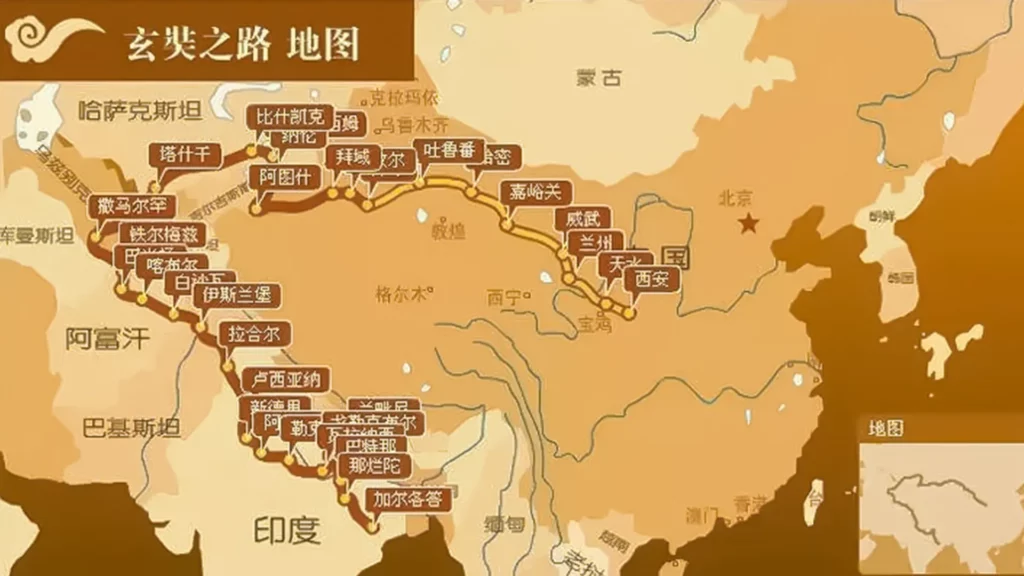
He vowed not to return home until his great wish was fulfilled.
Leaving the border of the Tang was the start of his severe tests. Moheyan Qi 1 (pronounced “Chee” in Chinese), a desert more than 800 miles long, was the first. There was no one around Xuanzang except an old horse. The environment was horrible, and any slight carelessness could have killed him. At night, the wind and sand roared and swirled, and Xuanzang overturned his water bag in a fit of fear. Without water, Xuanzang was so desperate that he wanted to turn back. However, after recalling his original great wish to obtain the canons, he laid to rest the idea of retreating. Instead, he told himself, “It’s better to die in the West than to live in the East.” With this belief, Xuanzang was dying of dehydration but unexpectedly met a miracle. The old but experienced horse found a water source for him so his life journey could be continued.
Note 1: Moheyan Qi is also called the 800-Mile Endless Desert. It is located between Lop Nor and Yumen Pass, and it’s now called “Hashun Desert.” During the Tang dynasty, the west of this place was called the “West Region,” so this is the starting point of the Western Regions.
After overcoming this deadly desert, Xuanzang experienced countless life-or-death tests: When he travelled to Gaochang country in the Western Regions, the king of Gaochang tried to convince him to be the national teacher by means of intimidation and inducement; he was besieged, chased and intercepted by robbers on his way to India; he had to climb the Pamir Plateau in the biting wind and heavy snow; he was caught in order to be a living sacrifice on the banks of the Ganges. Although suffering a lot, Xuanzang, who had long put life and death aside, never forgot to seek Buddhadharma. Fortunately, he narrowly escaped from death every time.
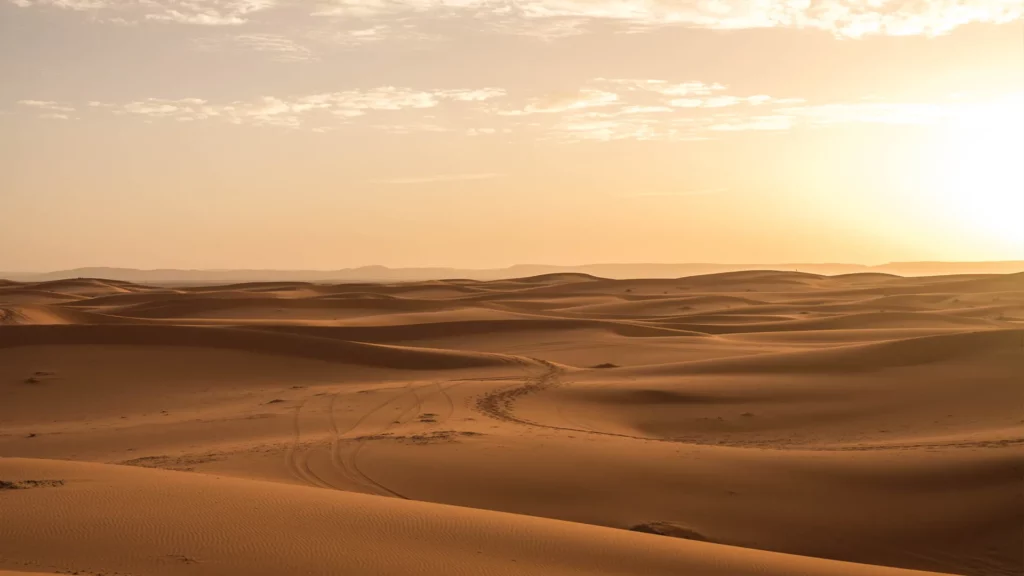
After returning home with complete knowledge, he spent the rest of his life promoting Buddhadharma.
In 631 AD, after a four-year trek, Xuanzang finally arrived at his destination, Nalanda. In this Buddhist monastery, Xuanzang studied hard for five years and achieved excellent results. He became one of the 10 monks with great virtues in Nalanda who understood everything in The Tripitaka Sutras 2. Later, Xuanzang traveled to every area of Ancient India to practice and prove the essence of Buddhism. During his study tour in India, Xuanzang became famous among locals for his profound understanding of Buddhism. He was unanimously praised by Indian Mahayana and Hinayana scholars. It was rare for a Chinese monk to receive such honors in a foreign country.
Note 2: Sutras, the Vinaya, and the Abhidhamma are collectively called The Tripitaka Sutras. These sutras are a compilation of the words said by the Buddha, and the basis of Buddhist doctrines. The Vinaya is a discipline or code of conduct formulated by Buddhist organizations. The Abhidhamma is the later disciples’ interpretation of doctrines or important verses in Buddhist Canons, such as sutras and principles.
In 643 AD, Xuanzang set out on his way home with 657 canons and arrived in the Tang regions two years later. After that, Xuanzang began his lifelong wish: He translated the canons taught by the Buddha into Chinese and spread them in China. During the day, he presided over the translation of canons. In the evening, at the request of Emperor Taizong of Tang, he explained the customs and landforms of various countries that he saw during his travels to India. A year later, the Great Tang Records on the Western Regions, written by Xuanzang’s disciple Ji Bian, was completed. Emperor Taizong was very happy and moved by Xuanzang’s spirit of dedication to Buddhadharma. He wrote a preface to Xuanzang’s translation of the Treatise on the Foundation for Yoga Practitioners. The preface is also known as the “Preface to the Translated Great Buddhist Sutras.” With the efforts of Xuanzang, the truths told by the Buddha began to spread in China, where Buddhism had been declining.
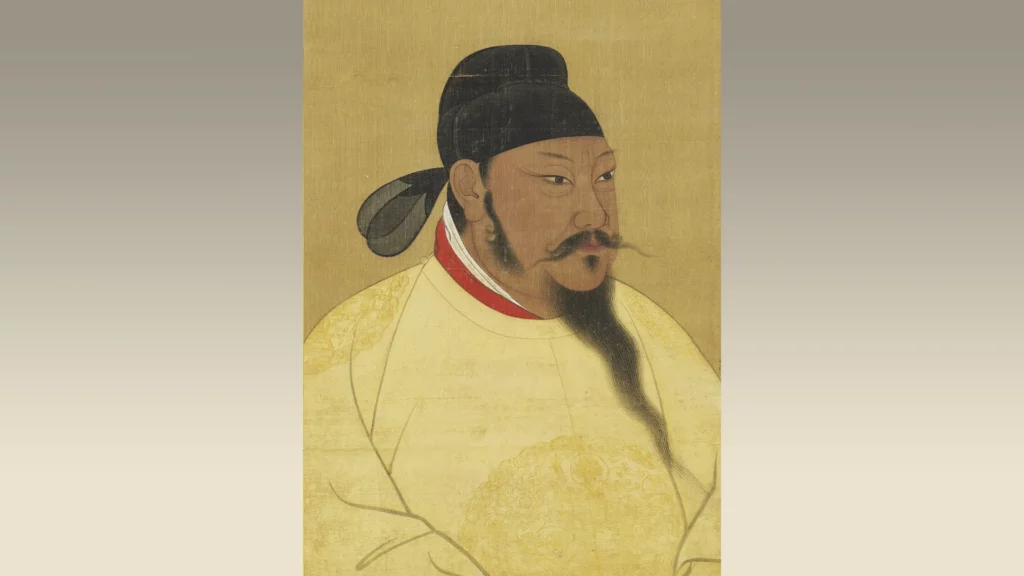
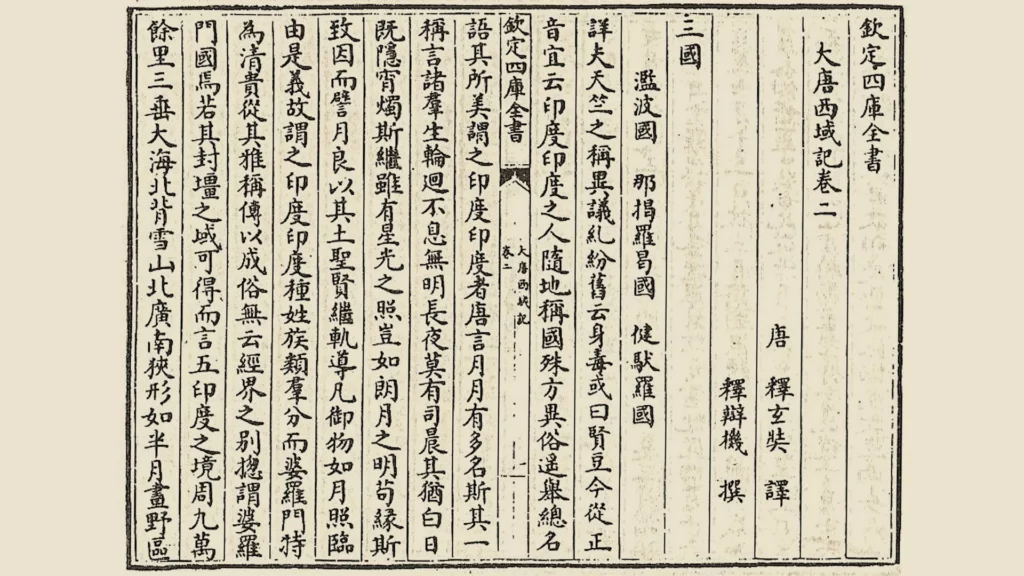
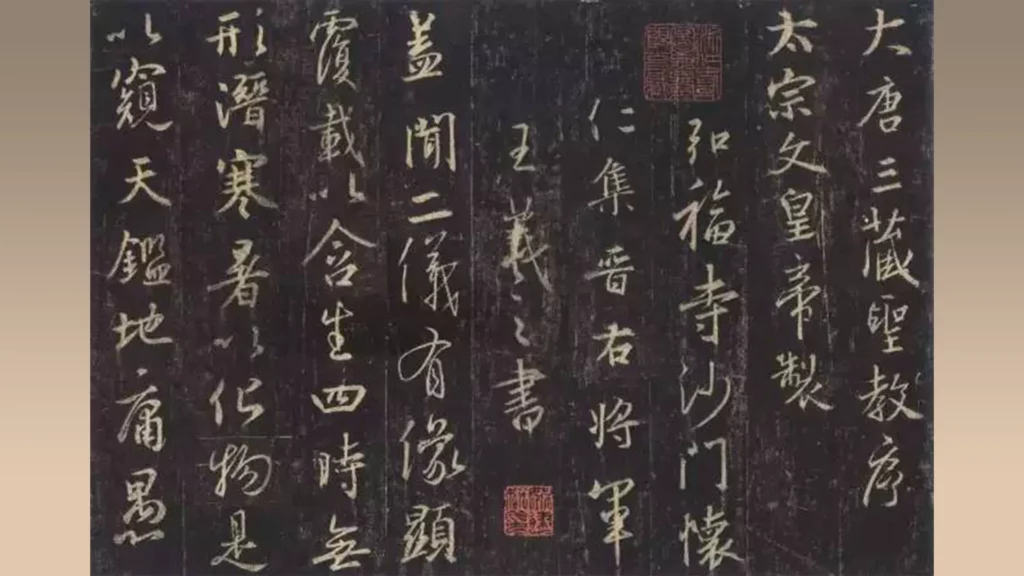
He was stimulated by his wish and practiced it his entire life.
He spent his entire life practicing only one wish. He overcame 50,000 miles of the trek, including going into the desert and climbing over snowy mountains. He spent 17 years seeking Buddhadharma tirelessly. He traveled to 110 countries, and after 19 years of effort, he left us with 75 books and 1,335 volumes of translated canons. Xuanzang devoted his entire life to Buddhadharma and made the most significant contribution to Buddhism.
In 664 AD, Xuanzang, who devoted his life to Buddhism, finally accomplished his extraordinary life goal after translating the Large Perfection of Wisdom Sutra. He passed away in Yuhua Monastery at the age of 62. According to A Biography of the Tripitaka Master of the Great Ci’en Monastery of the Great Tang Dynasty, all the Buddhist practitioners in the capital cried their eyes out for a thousand days. On the day of his death, millions of people in Chang’an city attended his funeral. It was a testament to his importance to the people at that time.
